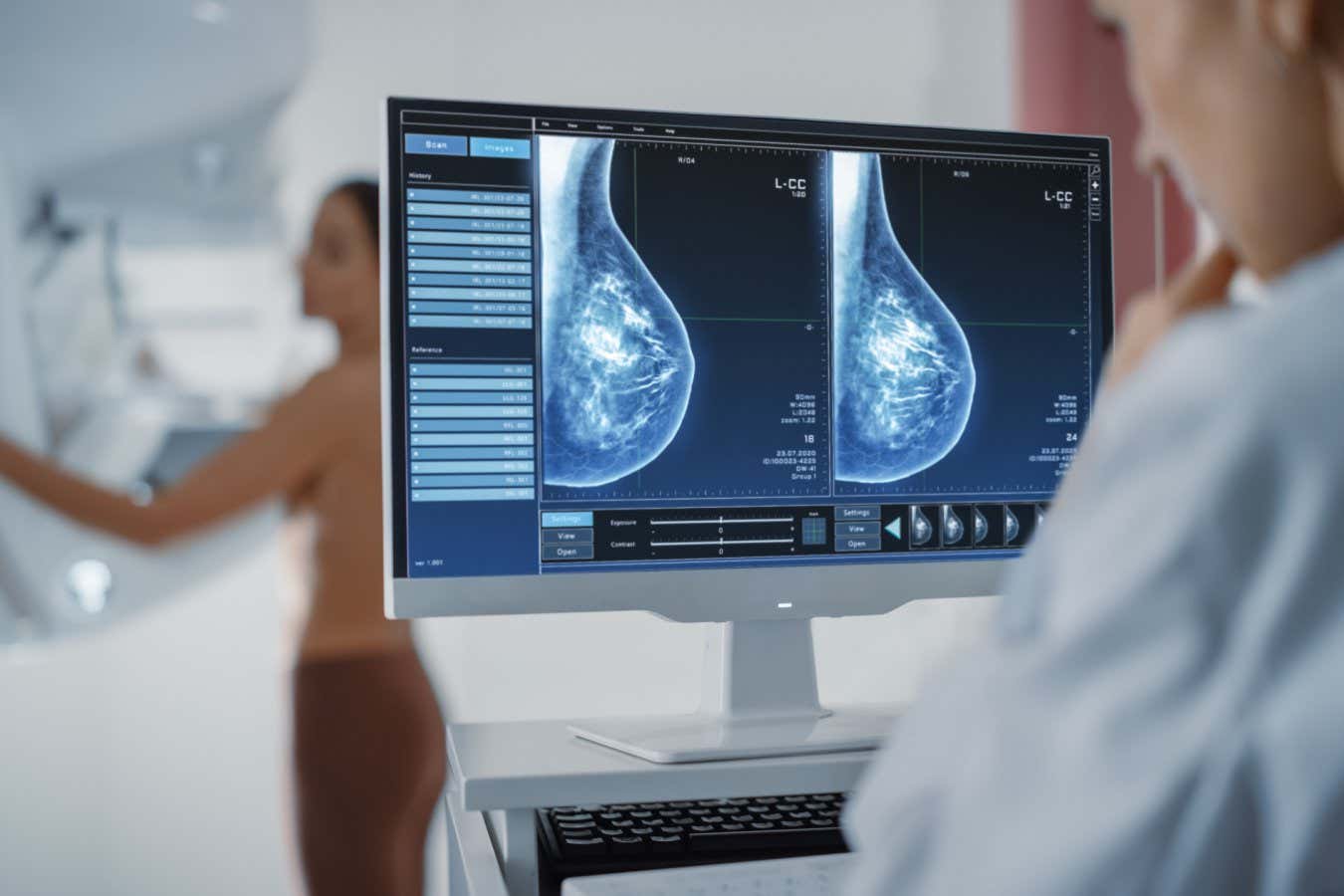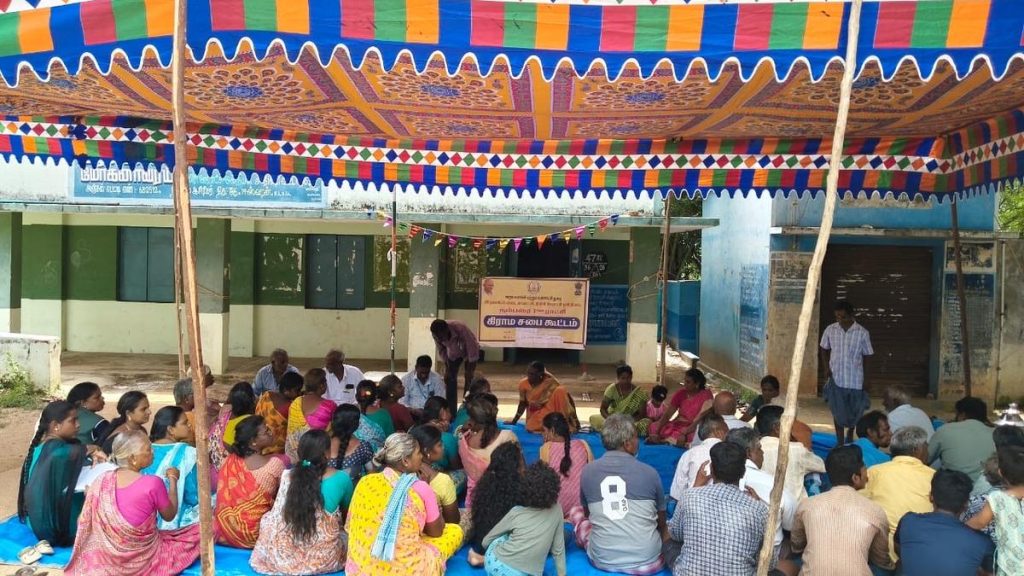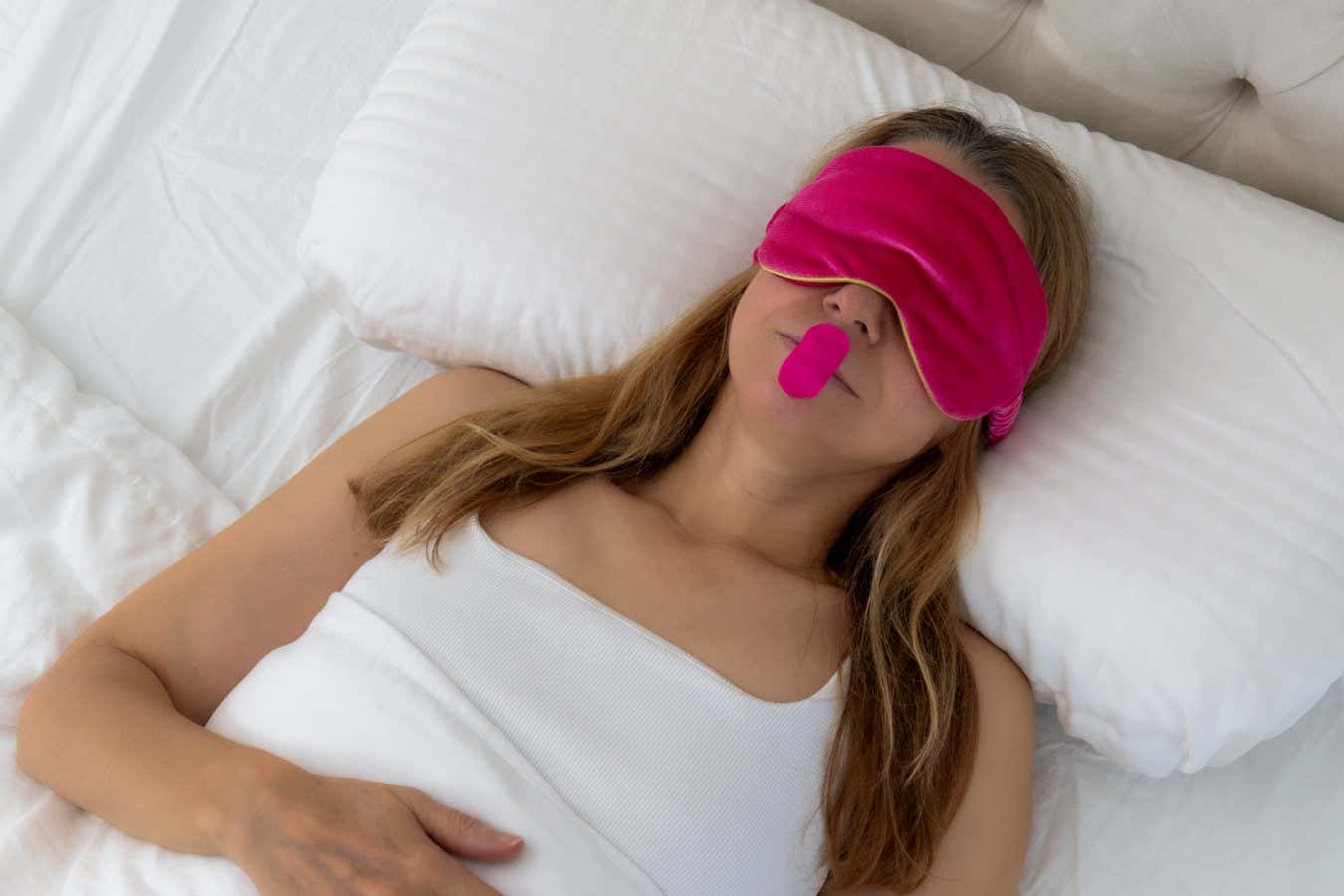Now Reading: Enhanced Cancer Screening May Detect Early Cases in Dense Breasts
1
-
01
Enhanced Cancer Screening May Detect Early Cases in Dense Breasts
Enhanced Cancer Screening May Detect Early Cases in Dense Breasts

Quick Summary
- Dense breast tissue makes it challenging to detect tumours on standard mammograms due to similar appearances on scans.
- A large UK trial recruited over 6000 women wiht dense breasts aged between 50 and 70 for additional screening options: MRI, ultrasound, or contrast-enhanced mammography.
- Extra screenings collectively detected 85 small tumours:
– MRI and contrast-enhanced mammography were three times more effective than ultrasound at detecting tumours.
– Twelve detected tumours were contained within milk ducts, unlikely to spread; 73 were invasive.
- Detecting smaller, invasive cancers early may improve prognosis, while late detection often leads to worse outcomes.
- Researchers remain uncertain if supplemental screenings translate into lives saved; past trials of ovarian cancer screening showed reduced incidence without reducing mortality rates. there are concerns about detecting non-threatening cases leading to needless anxiety or treatment.
Image Caption: Dense breast tissue and tumours appear similar on scans, which can make the latter hard to identify.(Source: Gorodenkoff/Shutterstock)
Stay Informed With the Latest & Most Important News
Previous Post
Next Post
Loading Next Post...


























